One of the most awe inspiring bucket list trips you can make is to Uganda. Dubbed the Pearl of Africa, this underrated country offers unique and diverse wildlife viewing, year round beautiful weather and extraordinary hospitality. It is a trip like no other, but requires quite a bit of preparation, especially if you are here to see the world’s remaining mountain gorillas in their natural habitat. Below we share our top Uganda travel tips that you will need to prepare for a trip to Uganda.
Disclosure: Some of the links in this post are affiliate links, meaning at no additional cost to you, I will earn a commission if you click through and make a purchase.
Jump to a Heading Below
Uganda: A Brief Introduction
Uganda is a landlocked country located in East Africa. It shares borders with Rwanda, Democratic Republic of the Congo, South Sudan, Kenya and across Lake Victoria, Tanzania. Uganda is located on the equator, which means pretty moderate weather year round.
Many visitors come to Uganda specifically for the opportunity to see mountain gorillas in the wild. There are no mountain gorillas in any zoo in the world, so if you want to see the last remaining mountain gorillas in the world, you will need to visit either Uganda, Rwanda or the DRC. In the recent past, Uganda has been the most stable of the three countries and has the greatest population of mountain gorillas, making it the ideal destination for outdoor and animal enthusiasts. What many do not know is it is also a great place to go on safari to see other wildlife including chimpanzees, rare birds and all the other “Big 5” which are spread out throughout the country.
International flights arrive to Entebbe International Airport, even though Kampala is the capital of the country. English is the official language of the country and the Ugandan Shilling is the official currency. Even though English is the official language, there are many other languages throughout the country.
Is it Safe to Visit Uganda?
The first thing everyone asked when I said I was going to Uganda was “is it safe”. Uganda is generally considered to be a safe country with low crime rates. During our visit, we all felt safe at all times, including when we were leaving the airport at 4 a.m., getting a local taxi. Good Uganda tips are to use your best judgement on showing valuables while walking around and to ask locals for their views on the safety of specific areas.
That said, Uganda does border countries that do experience levels of unrest, so it is best to always stay up to date on the latest information when traveling near the South Sudan border region and Karamoja in the very north.
Best Time to Travel to Uganda
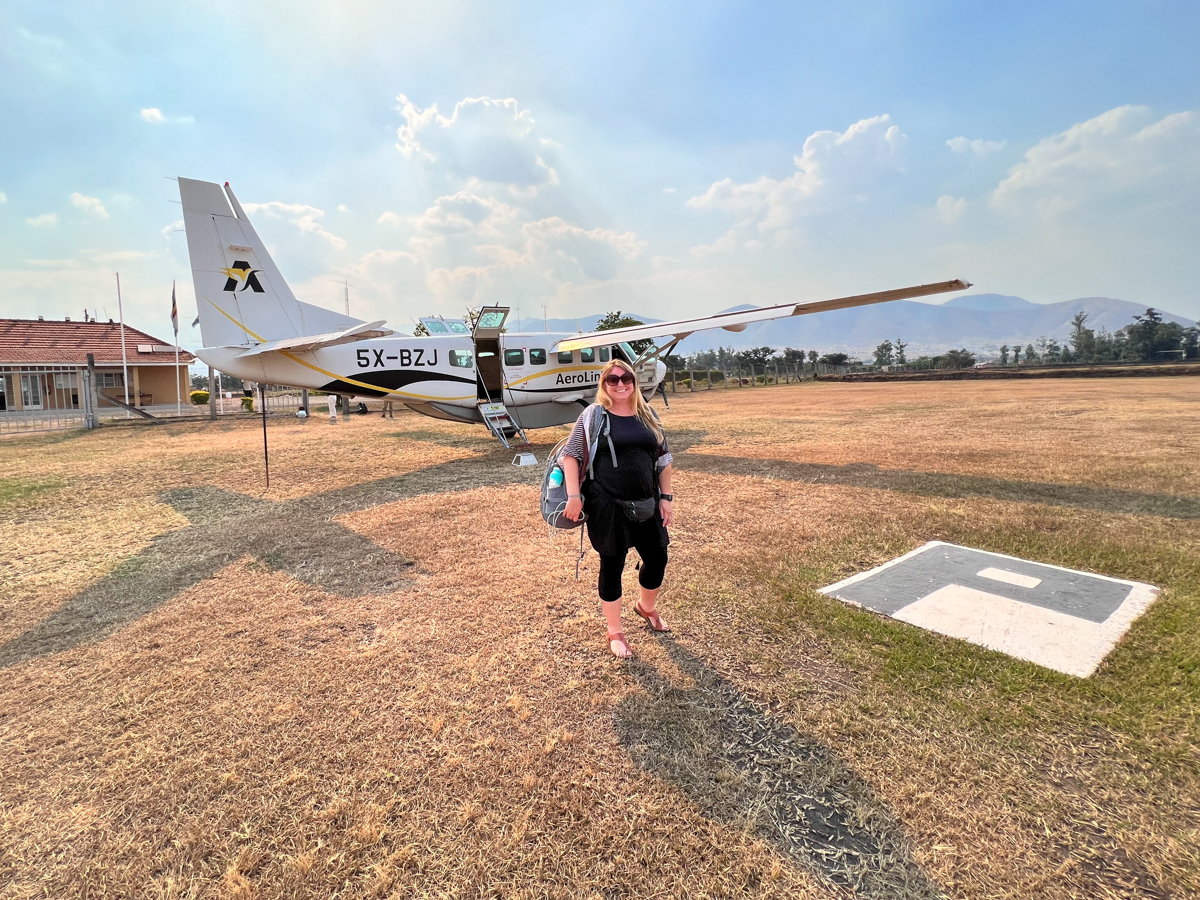 According to locals you can travel to Uganda all year long. However if you are planning to go for a safari or for gorilla trekking, the best time is during the dry season from June to August and from December to February. Apart from those months, the country is in rainy season and it can be a lot harder to get around with the potential for heavy rains. For gorilla trekking, having dry mountains to traverse will be much much easier than sloshing through mud and slipping down steep hillsides!
According to locals you can travel to Uganda all year long. However if you are planning to go for a safari or for gorilla trekking, the best time is during the dry season from June to August and from December to February. Apart from those months, the country is in rainy season and it can be a lot harder to get around with the potential for heavy rains. For gorilla trekking, having dry mountains to traverse will be much much easier than sloshing through mud and slipping down steep hillsides!
Even though the summer months are considered the high season, in general it is still not crowded at all. Besides gorilla trekking, we saw very few tourists. The most challenging months to visit Uganda are March, April and May. Like I mentioned above, because of the wet season traveling around can get a little more complicated with roads and nature trails in poor conditions.
Also note that places like Lake Bunyonyi, Bwindi Impenetrable Forest, Queens National Park, etc can get cold at night even in summer due to their higher altitudes. During our visit, we never needed anything other than a light long sleeve.
Getting Around Uganda Tips
Your budget and the amount of time you have in Uganda will be big factors in how you get around the country. During our short visit we had a private driver/car through our tour operators, but we also took two internal “bush” planes to get us to/from rural areas more quickly.
The roads in Uganda are not amazing, but also not horrific, but many people would not be comfortable riding in the safari jeeps for 8-10 hours when they could easily take a 2 hour bush flight. I will say that the timings of the bush planes are very lax, so you need to make sure you have plenty of time between your flights and a healthy appetite of patience. Our first bush plane was set to leave at 10 a.m., but then was rescheduled before our arrival to noon. We did not end up taking off until after 2 p.m. With the amount of time we spent waiting for our flight, we could have driven to our destination. This is something to keep in mind if you don’t mind driving long distances.
Local Transportation Options
During our visit we took local taxis (which were not cheap), walked and had our private driver. There are local buses, boda bodas (motorcycle taxis) and shared buses that can get you around the country fairly easily with time, however there is not an extensive public transportation system. I have heard there is Uber and a local operator Bolt. Of course these are only going to be available in major towns, but are good options to know about.
Self Drive vs Hiring a Driver
Some independent travelers hire their own car and drive themselves doing a road trip around Uganda. That is totally doable, but I do not know how well the road signage is or how reliable Google maps is, as service is spotty throughout the country.
We met a couple on safari who hired a driver and car for their entire 3 week holiday. They said the daily rate was around $80 per day. This meant they always had a guide while driving through the parks as well as someone to explain local traditions, etc. While overall not cheap, it does save time and some expense when you do not have to fly. Funny enough they booked through Rent a Driver in Uganda which gets rave reviews.
 Places to Visit in Uganda
Places to Visit in Uganda
This post isn’t an in-depth review of where to go in Uganda, but in general if you are looking to plan your trip there are a few regions of the country to consider. One of the best things to do is gorilla trekking in Bwindi Impenetrable National Park, where there are also nature hikes and other flora and fauna to see. Chimpanzee trekking in Kyambura Gorge is another amazing thing to do in Uganda that we didn’t expect to love so much. To continue on your animal safari adventures, you can go on game drives in search of tree climbing lions in Queen Elizabeth National Park. Another Uganda tip is to take a boat ride on the Kazinga Channel as it is filled with wildlife up close!
For those who want even more wildlife and epic waterfalls too, a visit to Murchison Falls is a must visit. This is the only destination in the country that you will see giraffes. For the adventure crowd, you will want to visit the source of the Nile, where white water rafting is the thing to do. This is located in the chilled city of Jinja.
Lake Bunyonyi, a stunning crater lake with numerous islands is popular with the backpacking crowd these days. Near Lake Bunyonyi there is also Lake Mburo National Park and to the northeast there is Mbale and Kidepo Valley National Park which are also popular places to visit in Uganda.
Organizing Gorilla Trekking Permits
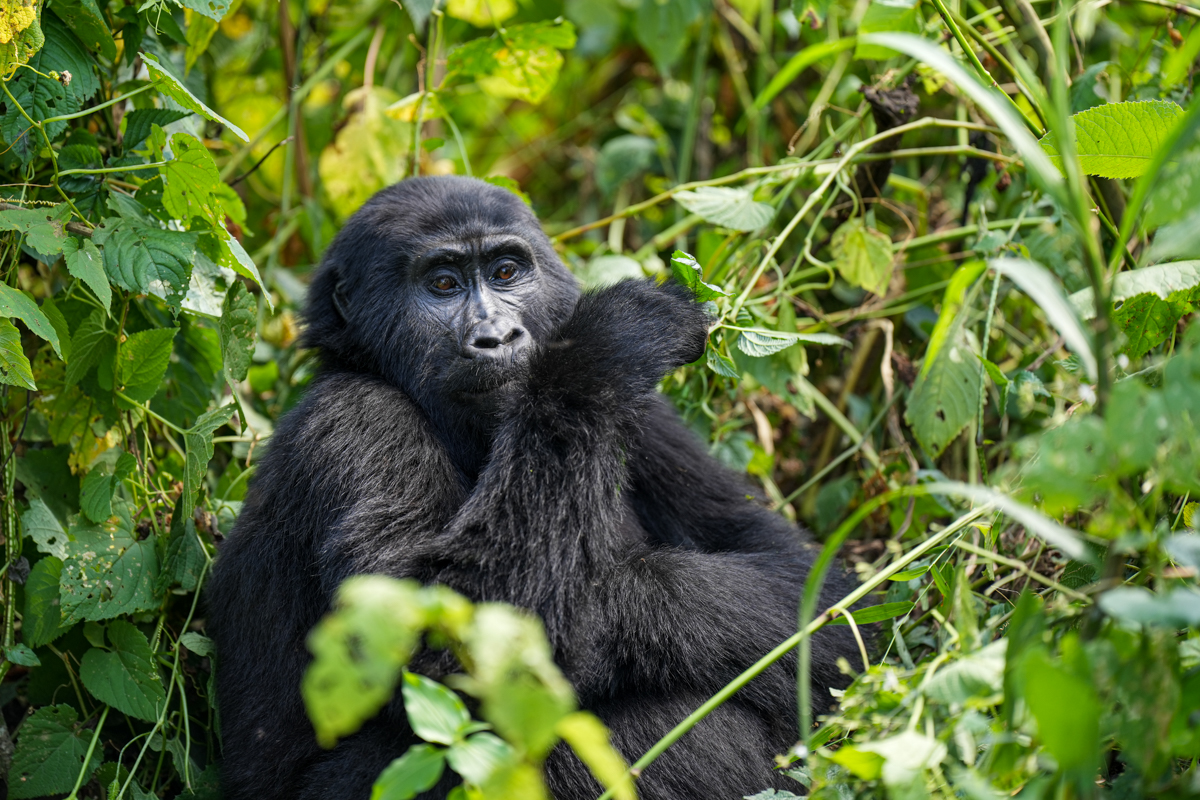 If your main goal of visiting Uganda is to go gorilla trekking in Bwindi National Park, then one of our best Uganda tips is to organize gorilla permits first thing. (Read everything you need to know about gorilla trekking here!) There are a limited amount of gorilla families available to visit and each family can have no more than 8 visitors per day. This means that during the high season of travel, these sell out very quickly, so it is important to have your hotel or travel agent organize these as soon as you begin planning your trip.
If your main goal of visiting Uganda is to go gorilla trekking in Bwindi National Park, then one of our best Uganda tips is to organize gorilla permits first thing. (Read everything you need to know about gorilla trekking here!) There are a limited amount of gorilla families available to visit and each family can have no more than 8 visitors per day. This means that during the high season of travel, these sell out very quickly, so it is important to have your hotel or travel agent organize these as soon as you begin planning your trip.
Note that permits are non-refundable and non-transferable, so make sure you know when you will be traveling. The ideal is to provide your hotel or travel agent with a span of dates you can do the gorilla trek so they can have maximized opportunity to get your permits.
Additionally, you can book your permits online with the Uganda Wildlife Authority. I do still recommend booking through your hotel though as the price will be exactly the same – currently $700 for one permit and you can ensure that you will have accomodation that is near to your permit location. (There are several locations in which treks start from –
Age requirements for Permits
In order to go gorilla tracking you need to be at least 15 years of age. However we did hear that there are occasionally exceptions made. With that said, I would say that there is a reason that they have an age limit – the hikes are quite strenuous, the situation with the gorillas is quite fluid and requires children to act more like adults, be nimble and to listen very carefully to the guides instructions. To be honest it is a little scary at times being so close to these majestic, but still wild animals. They are predictable only to a certain degree, so a level of caution is advised when considering taking young children.
What Vaccinations Do You Need for Uganda?
Currently to enter Uganda you need to provide proof of yellow fever vaccination and COVID vaccinations (or negative test). It is a good idea to do this as early as possible as you will need to upload your Yellow Fever certification when applying for your visa online.
In Uganda, they do check your Yellow Fever Vaccination certificate multiple time coming in and out of the airports.
While there are no other mandatory vaccinations, I would also recommend getting a prescription for anti-malarials, updating your typhoid and any other travel vaccinations as needed. Often recommended are Hepatitis A and B as well as rabies. I do not have my rabies vaccination, but if you have the time and money, it is useful anytime you are traveling in developing countries with an abundance of stray animals.
Currently (Aug 2022) the only COVID requirement to enter is that you must present your COVID vaccination. If you make it into the country without this (or a negative test) they do offer Pfizer and Johnson & Johnson vaccinations at the airport in Entebbe. As always, these things change quickly, so check regulations for the latest entry and exit requirements.
Overall, you will not see a ton of people with masks on, however they will be required when visiting the gorillas.
Is Malaria A Problem in Uganda?
There is a high risk of malaria throughout the country and therefore all Uganda travel guides will recommended you to take malaria medication. Our hotel and travel guides highly recommended taking malaria pills, so our entire group opted to take them. In general, I tend to avoid taking them if I can, but since it was my first trip to Uganda, I was not sure what the situation would be like on the ground.
For our trip, in the dry summer months, we had zero issues with mosquitos. I did not see one at anytime and none of us even got a bite. That said, all of our hotels had mosquito nets over the beds, so I do believe it is typically more of an issue. You can use your best judgement on whether you need them or not.
The best guard against mosquito borne diseases is to protect yourself from mosquito bites in the first place. There are other diseases transmitted by mosquitoes that are not covered by your malarial medications, so try to avoid getting bit by using insect repellent. We highly recommend spraying all of your clothes with permethrin spray. This will protect you from getting bites through your clothes without having to slather yourself in DEET. If possible wear long sleeves and long pants during the morning and evening hours.
 Do You Need a Visa to Visit Uganda?
Do You Need a Visa to Visit Uganda?
Yes, almost all countries will need a visa when traveling to Uganda. We highly recommend getting your E-Visa prior to arrival. You can easily do this for $50 online through Uganda Immigration. This is the only authentic application portal for Uganda visas. Note, that occasionally their system will give errors for credit cards. I suggest trying again another day or try another credit card. I did not have any issues, but one of our group did.
When flying to Uganda, an e-visas is mandatory. The Uganda e-visa is quick and easy, but also a little work as it is required to upload a copy of your passport photo page, a recent passport-size photograph and your yellow fever vaccination certificate to their website in a small format.
When you arrive to the airport, you must have the printed confirmation of your E-visa handy to provide to the immigration officer. They will then print out a full page sticker (with your photo!) for your passport. It does take a little time, but overall is quick and easy.
Eastern African Community Single Tourist Visa
If you are planning to travel to Kenya and Rwanda on the same trip the Eastern African Community tourists visa is worth applying. This visa is a single entry tourist visa for these three countries, but within its borders it is multiple entry. It cost $100 and is valid for 90 days. As soon as you leave one the 3 countries, it loses its validity.
Budget for Traveling to Uganda
If you have ever been to Africa, you will know that even though many countries are developing countries, it is not super cheap and not that easy to budget travel. I have not successfully budget traveled to Africa, but I do know that it is possible. I plan to take my son back soon and we will try to be much more budget conscious.
In general, know that your trip to Uganda is going to be pretty pricey. From accommodation to permits and excursions and drivers, things add up quickly. Gorilla permits are $700 plus tips to guides and porters, a rafting trip on the Nile can cost anywhere from $80-$140 for a day trip, etc.
There are some things I would splurge on though if you can – that is getting good quality drivers and guides if your main aim is to spot wildlife.
Tipping in Uganda
Tipping is normal and expected all over Uganda. One of the best Uganda tips I can provide is to budget this into your travel experience and know that you will be handing out cash all over the place. Many locals do accept USD, but tipping in Ugandan Shilling is also highly prefered. You should have plenty of $5 and $10 bills handy for tipping guides, drivers, hotel staff and more depending on the budget level of your accommodation and services. In luxury accomodations, tips are higher for all aspects of the travel.
The average monthly income in Uganda is anywhere from $140 USD to $280 USD, so tipping a few US dollars for good service will make locals so happy. After a particularly gruelling hike where our porters carried our bags for more than 7 miles, our generous tips produced much happiness.
Packing for Uganda Travel
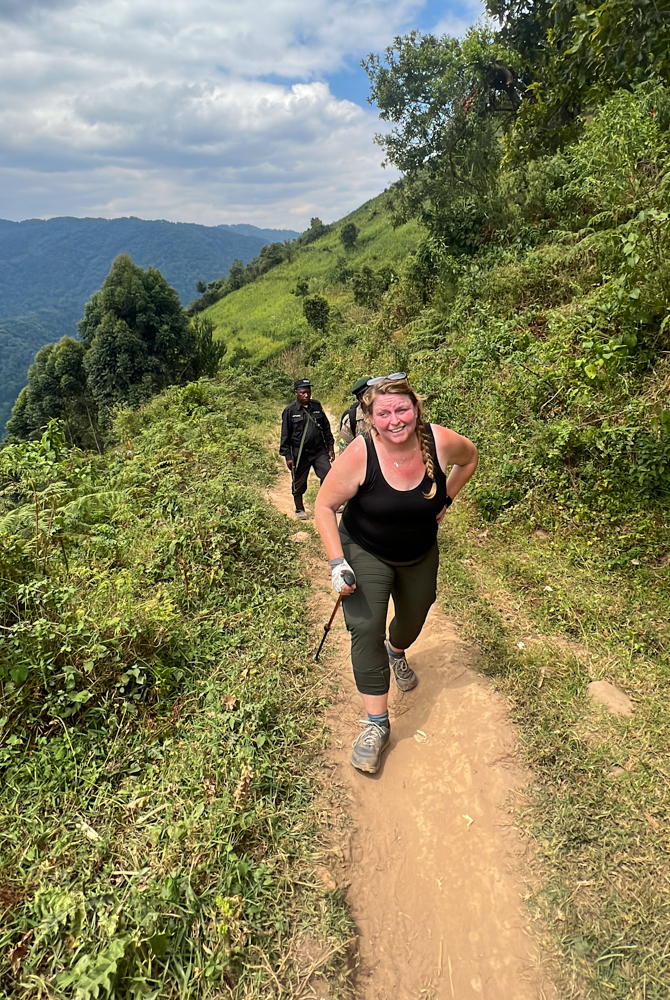 One of the biggest considerations for our trip was the requirement that our baggage be no more than 15 kg TOTAL and in soft sided bags. We were told this is the requirement if you are plan to fly on any small bush aircraft. That said, we saw many people with large suitcases well over the weight requirement, so we are not sure how strict this is.
One of the biggest considerations for our trip was the requirement that our baggage be no more than 15 kg TOTAL and in soft sided bags. We were told this is the requirement if you are plan to fly on any small bush aircraft. That said, we saw many people with large suitcases well over the weight requirement, so we are not sure how strict this is.
But given that we had that requirement, we traveled very lightly and honestly didn’t need anything more than what we brought!
What to pack for Uganda (specifically focused on Gorilla Trekking)
When packing for a trip here, our top Uganda tips are that you observe the conservative nature of the country if you have plans to visit rural villages. Ideally, women would not wear short shorts or skirts or bikini strap tank tops. In highly touristic areas, this is more acceptable.
I would recommend my typical packing list in general for a trip to Uganda, however there are a few things that I would highlight especially if you are planning on trekking to see the gorillas.
- Rain gear – This is especially important if you travel to Uganda during the shoulder or rainy season.
- Ankle supporting hiking boots – I did not have ankle boots and I was fine for the most part. It would have made it a bit easier on some of the treks where my boots got caught in the tree branches underfoot, but otherwise I was comfortable. Your shoes do need to be waterproof or quick drying as you will encounter mud and water.
- Hiking Poles – You will have to check a bag if you bring poles, but I was very happy to have mine multiple times during both the chimpanzee trek and gorilla trek.
- Abrasion Resistant Pants are great for bushwhacking which will be required for the treks. I loved these pants.
- Wool shirts will do great in the heat. It kept me cool, warm, and the sun off of my arms while on our treks. Also, it doesn’t smell easily so I could pack very lightly with minimal clothes. Read more about why wool is the best travel fabric here.
- Camera with 70-200 lens. This was the most important part of my packing decisions. I decided to rent a camera and a lens to ensure that I had the best quality gear even when I couldn’t afford to purchase it outright! I took a 70-200 lens 2.8 that was amazing. I would have loved a longer zoom at times, but for the most part you are close enough to the animals that this was perfect.
- Extra SIM cards and batteries. I ran out of space on my SIM cards and my friend ran out of batteries. Take lots of extras!
- Battery packs – you are in the car for long periods of time, taking a ton of photos, looking at your phone, etc so you will need extra battery packs.
Note for Global Nomads: Wifi Access & Facebook
While having Wifi may not be of much concern to many folks, if you are planning to work while you are in the country, you do need to know that the WiFi is not great, even in high-end lodges. Often the WiFi is only accessible in the lobby areas and will be heavily trafficked by the other guests. I would not count on being able to do intensive internet based work while visiting Uganda.
Also note that in 2021, Facebook and Instagram were blocked in Uganda, because of a dispute between Facebook and the Ugandan Government. When I visited in the summer of 2022, I made a comment to our guide that Facebook would never load properly and that is when we found out that Facebook is still officially blocked, but that it does occasionally work. Instagram and WhatsApp both worked well, just not Facebook.
—————–
Note, one of our most important Uganda tips is that you travel with travel insurance. For this trip I used SafetyWing which was affordable and covered all the activities I planned to engage in.
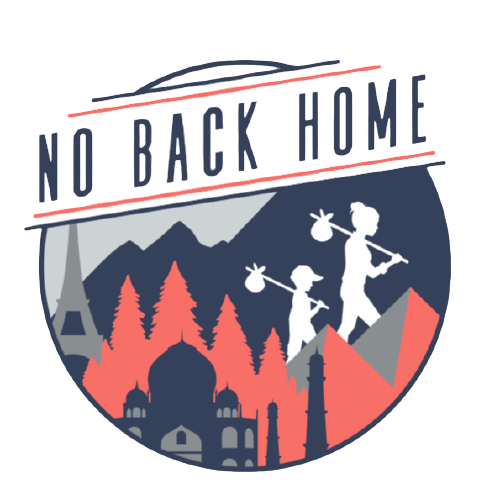
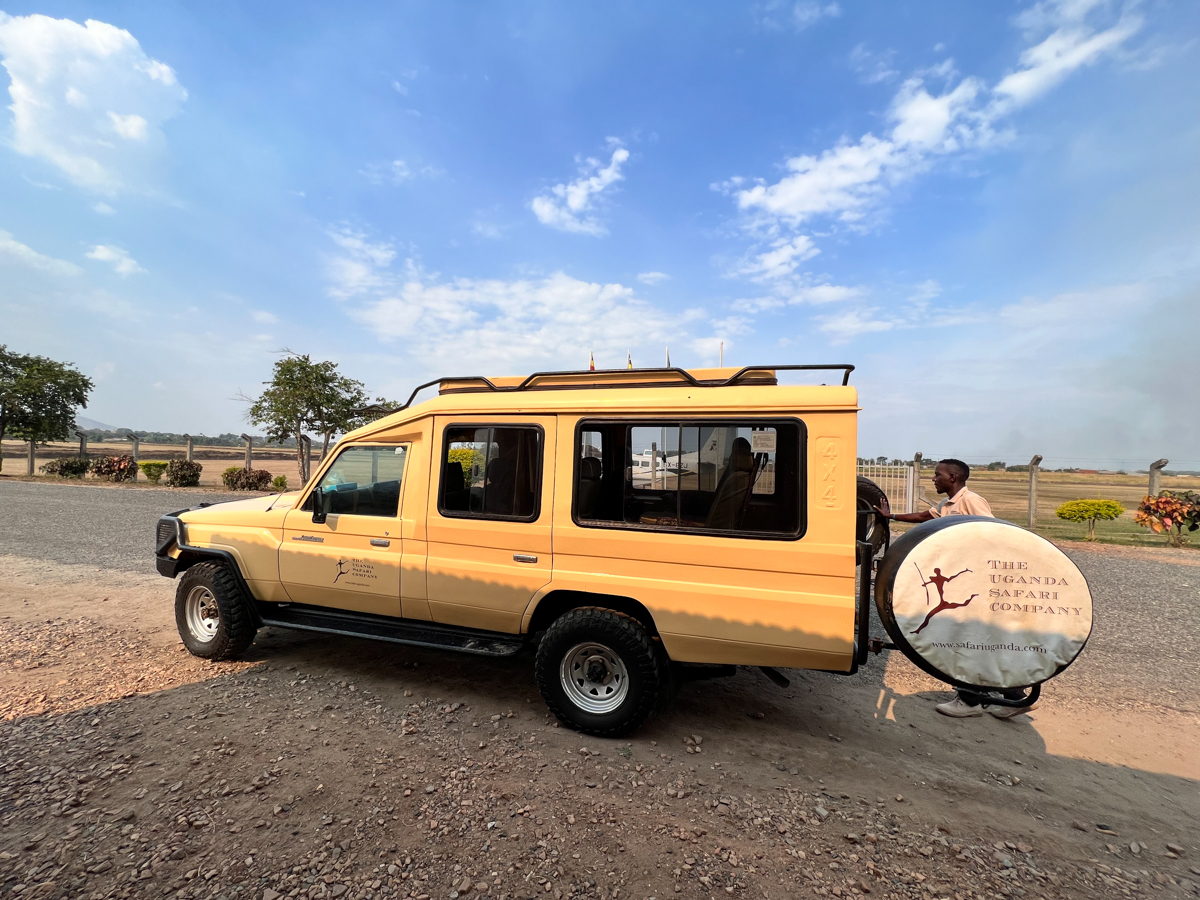
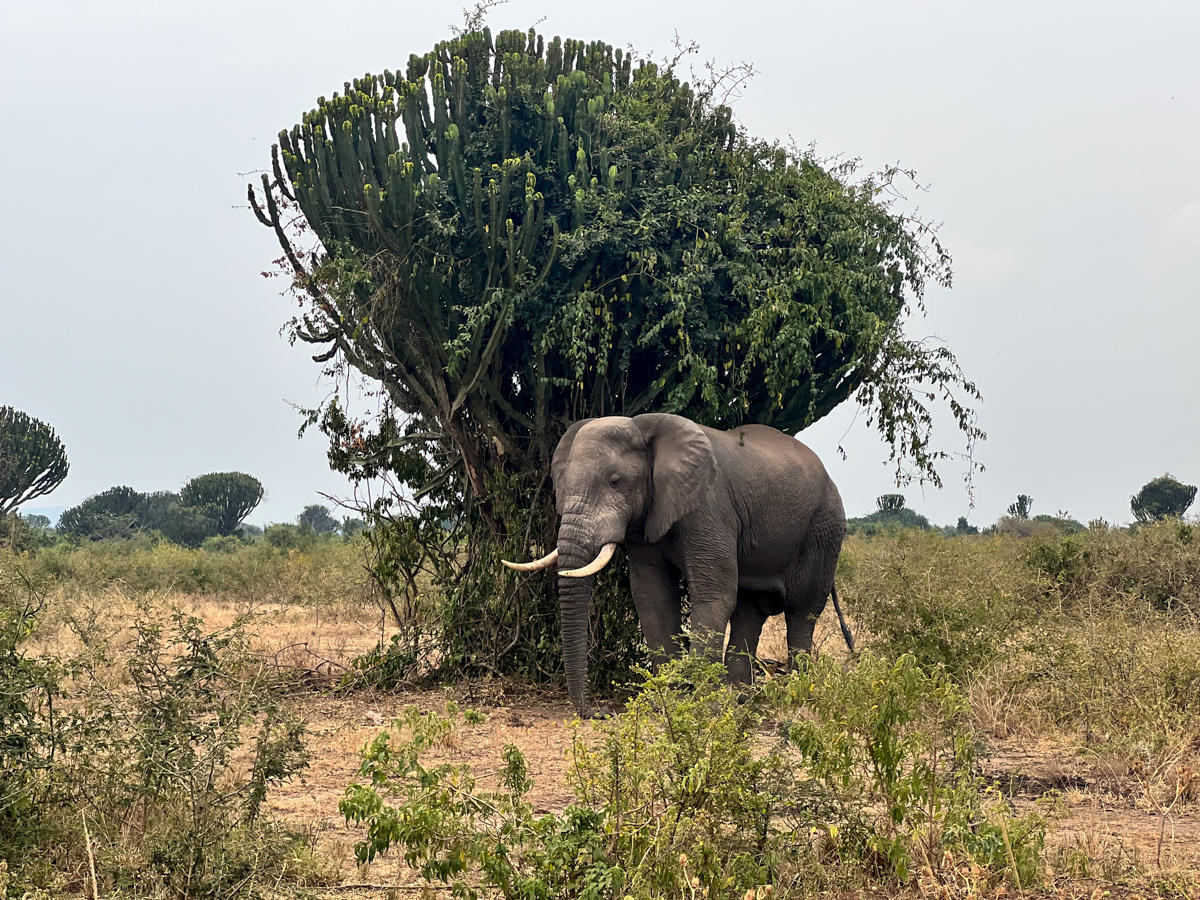
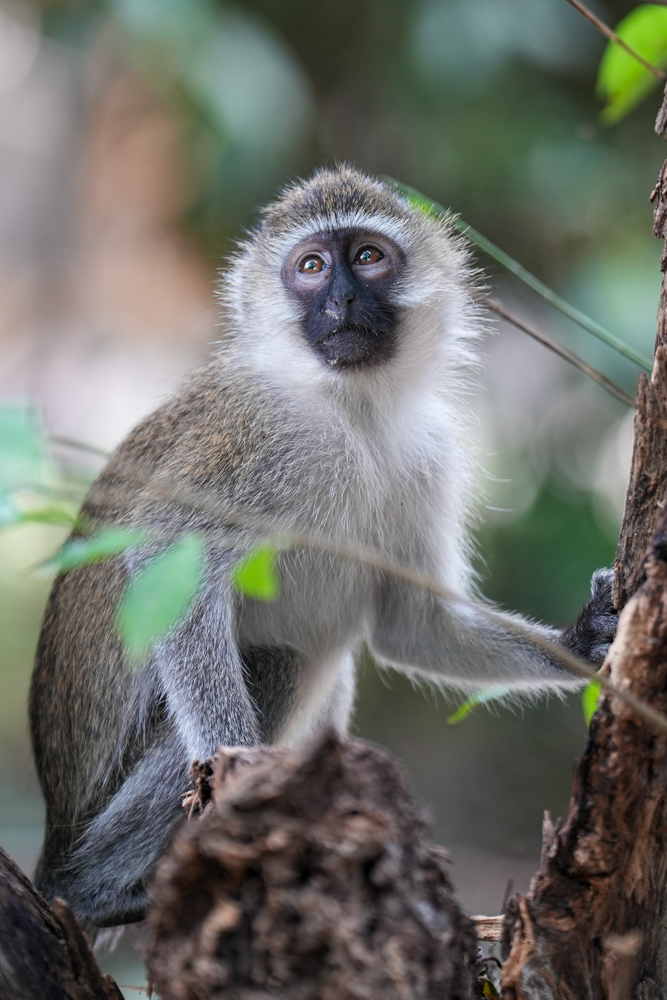

Amazing and Informative post